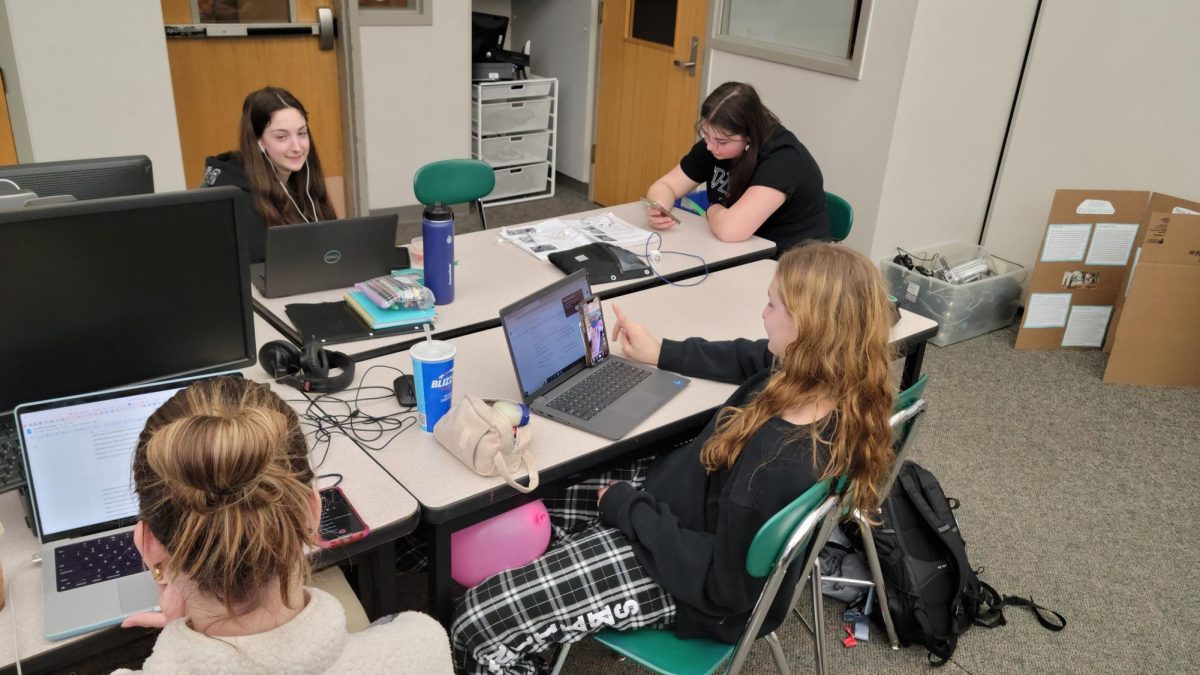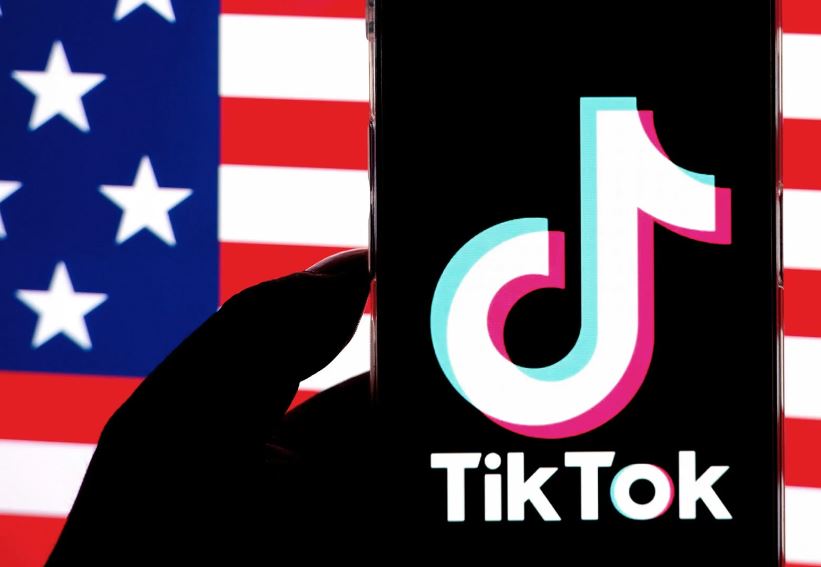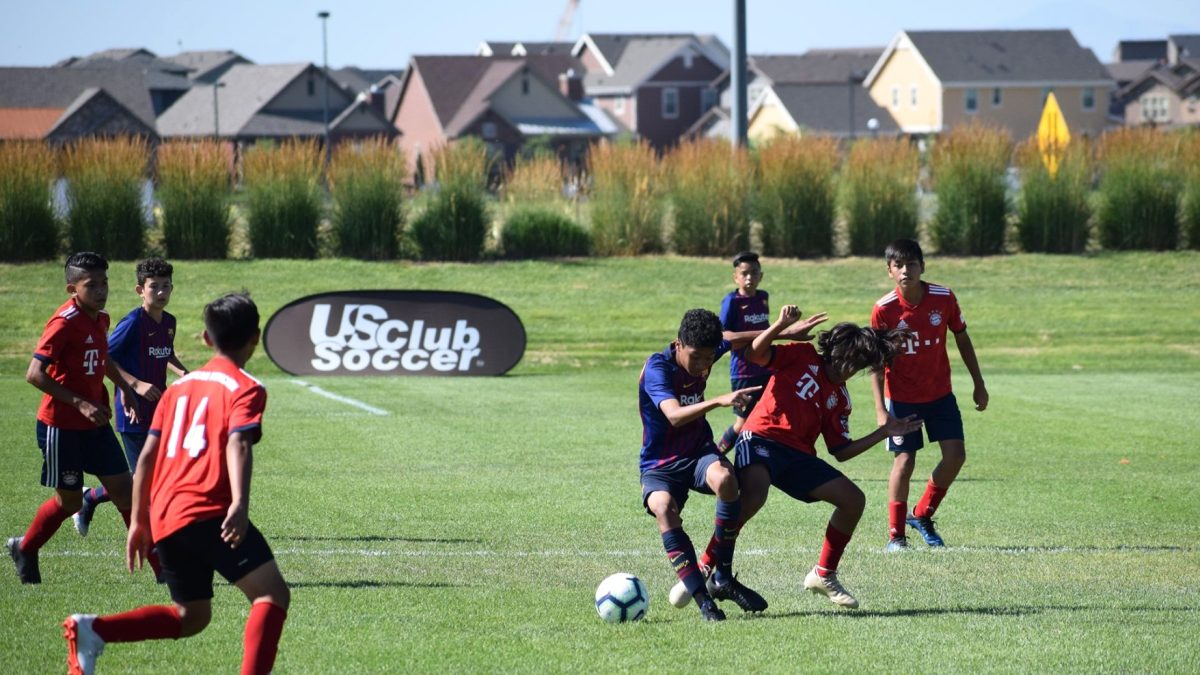Students have been rewired by decreasing attention spans in classrooms and are often blaming the teachers, however the true culprit lies between their hands: the modern-day cell phone.
The prevalent problem of cellphone addiction is especially true for today’s youth. Often their self-worth is directly correlated to their time spent on their devices which, according to India Today, leads to “a cyclical addiction that can only be broken by always being online.”
This without a doubt has a direct effect on student’s learning. Attention spans have been derailing as technology advances and time tries to keep up with it. Today, students have shorter attention spans than the generations before them due to technology and the overwhelming amount of information that comes with it.
Thai-Hang Nguyen who has taught Social Studies for ten years has had to specifically curate her teaching to fit accommodations of students’ attention spans. “Because the videos are so short kids are trained to think ‘I need my information to be in that short chunk or else I can’t consume anything longer than that.’” Nguyen said.
The short videos Nguyen is referring to can be found on platforms such as TikTok, an app that gives a personalized “For You” page created by artificial intelligence, in the form of 15-30-second videos. When students spend hours only retaining information that is given to them in short amounts of time, this can carry on into the classroom as Nguyen has noticed.
For some teachers, that means shortening their lecture times in exchange for the attention of their students. For other teachers such as Jenn Cucinelli, a Language Arts teacher of 13 years, that is not something they are willing to sacrifice.
“I’m not changing my philosophy or my way of teaching,” Cucinelli said. “It’s not something I’m willing to change.”
Distractions are always going to be a part of the classroom. Whether or not the students can overcome these distractions to better their learning, is up to the student themselves. That is why, it is the opinion of some teachers not to comply with the distraction, rather to challenge the attention spans themselves.
“If your attention is somewhere else you’re not processing the information,” Nguyen said. “They’re going to have to either by their sense of self-motivation re-read or review their stuff and if they don’t, that’s going to have a drastic impact on their grades and their abilities.”
According to Santa Maria College, when students are distracted from their work, this leads to difficulty retaining information which in turn will affect their grades and abilities as noticed by Nguyen. Meaning that students must try harder to retain the information missed in class. However, this cannot happen if students are resorting to their phones.
Samantha Rossi a math teacher for the past 10 years has noticed that students will resort to picking up their phone when becoming frustrated about their work. “Students get distracted and reach for their phones all the time when they don’t immediately know how to solve a problem,” Rossi said. “I think there’s just less conversations that happen between students.”
Why students pick up their phones when frustrated rather than converse with each other can be linked to of course the addictions to their phones but also what the phone provides for them: Dopamine, a neurotransmitter that plays a role in pleasure, motivation, and learning according to WebMD. An abundance of Dopamine can be found whilst scrolling through social media platforms. This is why students reach for their phones when frustrated in classrooms, in search of the missing sense of pleasure.








